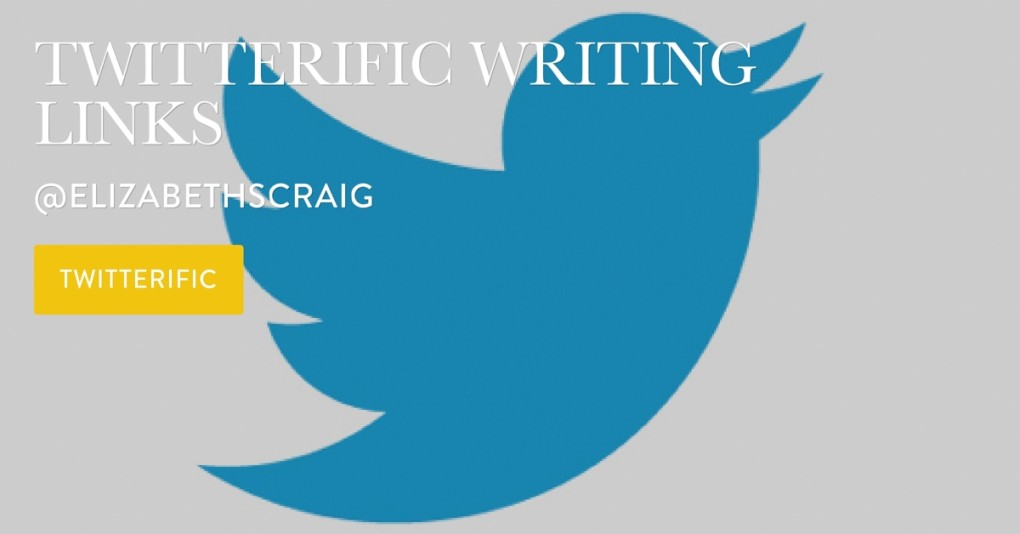For every challenge a writer faces, there is a helping hand available in the form of a tool or app.
While no tool is a replacement for talent or creativity, there are plenty of options available to make your writing process smoother and more productive.
From comprehensive writing suites packed with powerful pro features, to smaller scale solutions to a single specific problem, there is software available for every need.
We’ll now take a look at five of the best writing tools available, and explore exactly how they can benefit your personal writing process.
Scrivener
Have you ever been frustrated by the limitations of standard writing software like Microsoft Word or Google Docs?
While these tools can be suitable for simple writing projects, they are often far from ideal for longer works, such as full-length books.
Scrivener is a powerful writing application absolutely packed with features. Some of the key benefits offered by Scrivener include –
- The ability to store and access your research within the same environment you write in
- An easy to use outlining mode to have a ‘big picture’ overview of your book
- Free community created resources, such as Scrivener templates
- Powerful editing and revision options for longer works
Scrivener is one of the most comprehensive and fully featured book writing software applications on the market. You can also enjoy a fully featured 30 day free trial and a range of Scrivener discounts if you decide the software is right for you.Continue reading






